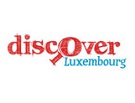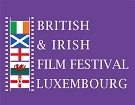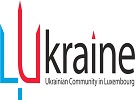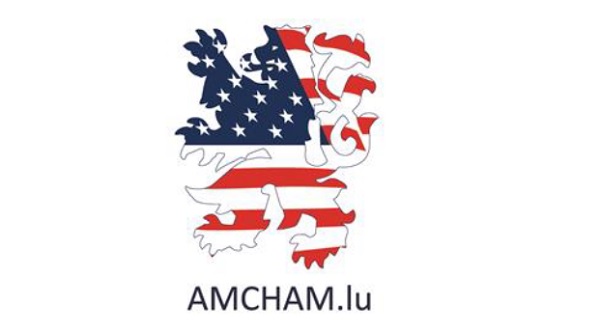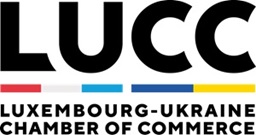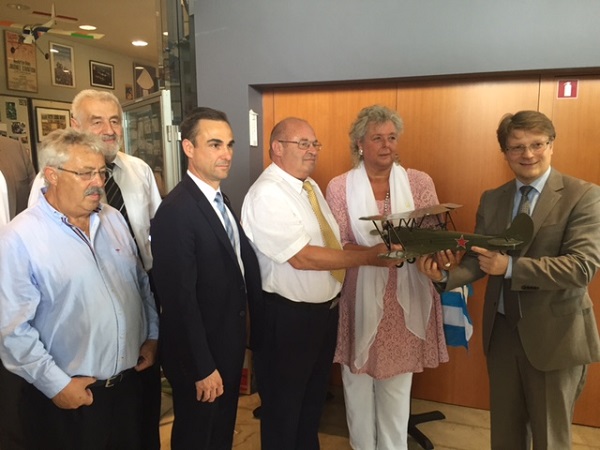
On the 40th anniversary of the Appolo 18 - Soyuoz 19 space missions, a ceremony was held on Wednesday at the Aviation Museum (Fliegermusée) in Mondorf-les-Bains.
The commemorative event involved the screening of a 4-minute section of a documentary film on the history of the "SOUYZ-APPOLO" mission from 1975 and the presentation of Russian aircraft models to the museum, in the presence of Luxembourg's Minister of Culture, Maggy Nagel, Daniel Horning of the US Embassy in Luxembourg and Vladimir Sokolov, Director of the Russian Centre for Culture and Science in Luxembourg.
On 15 July 1975 a historic moment happened with the first meeting of astronauts from the two space-exploring nations, taking place in space.
Three years were needed to carry out this ambitious project, $250m was invested and foolproof diplomacy was required to respect the sensitivities of both sides and many technical constraints were also needed to ensure the compatibility of the two space vessels.
On this day 40 years ago, a Soviet space rocket took off from the Baikonur Cosmodrome in Kazakhstan with the "Soyuz 19" spacecraft on board with cosmonauts Alexei LEONOV and Valery AN Kubasov. Then the "Saturn 8" rocket took off from the Kennedy Space Center in Florida with the "APOLLO 18" spacecraft carrying on board the astronauts Thomas P. Stafford, Vance DeVoe BRAND and Donald K. SLAYTON.
Two days later, on 17 July 1975 at 15:17, at an altitude of 225km from the eath's surface, the airlock doors were opened and the two commanders - STAFFORD and LEONOV - could shake hands. This warm and historic gesture was also broadcast live on Earth.
During the ensuing two days of joint activities, the five men conducted scientific experiments (astronomy, biology, Earth observation, materials science, etc.). After undocking, the crews undertook various research work. In total, Soyuz spacecraft spent six days in orbit and the APOLLO spacecraft stayed in orbit three more days.
On Earth the mission was deemed a success. Beyond the advanced techniques deployed, the true evolution had been political. To reach agreement after more than 10 years of confrontation in the conquest of space was considered a feat that symbolised a desire for a coming together. After the cold war period, it was a symbol of softening of attitudes. However, it was not until the MIR space station that the Americans and Russians renewed further cooperation.
One of the participants of the SOUYZ-APPOLO mission, Russian cosmonaut Alexei LEONOV, came last April in Luxembourg to commemorate the 50th anniversary of his spacewalk. During his stay, the first Space Walker participated in several meetings with those interested in the aerospace theme. His programme began at the the Fliegermusée where he became aware of how Luxembourg airmen preserved the aviation heritage of the Grand Duchy. At the end of his visit, Russian cosmonaut promised Luxembourg to complete the museum collection with models of Russian air/spacecraft. His contribution has now arrived on the eve of the 40th anniversary of the historic space meeting in which he was a leading participant.
Jean Ries, President of the Fliegermusée, spoke in French and English, describing the events of 40 years ago, stressing their significance to international relations. He explained that space starts at around 100km elevation from the earth's surface, around the same distance from Luxembourg to Namur in Belgium. Minister Maggy Nagel explained that yesterday she was in Brussels outlining the cultural priorities of the Luxembourg Presidency of the EU, drawing parallels with the space diplomacy of 40 years ago.
Photo by Geoff Thompson



